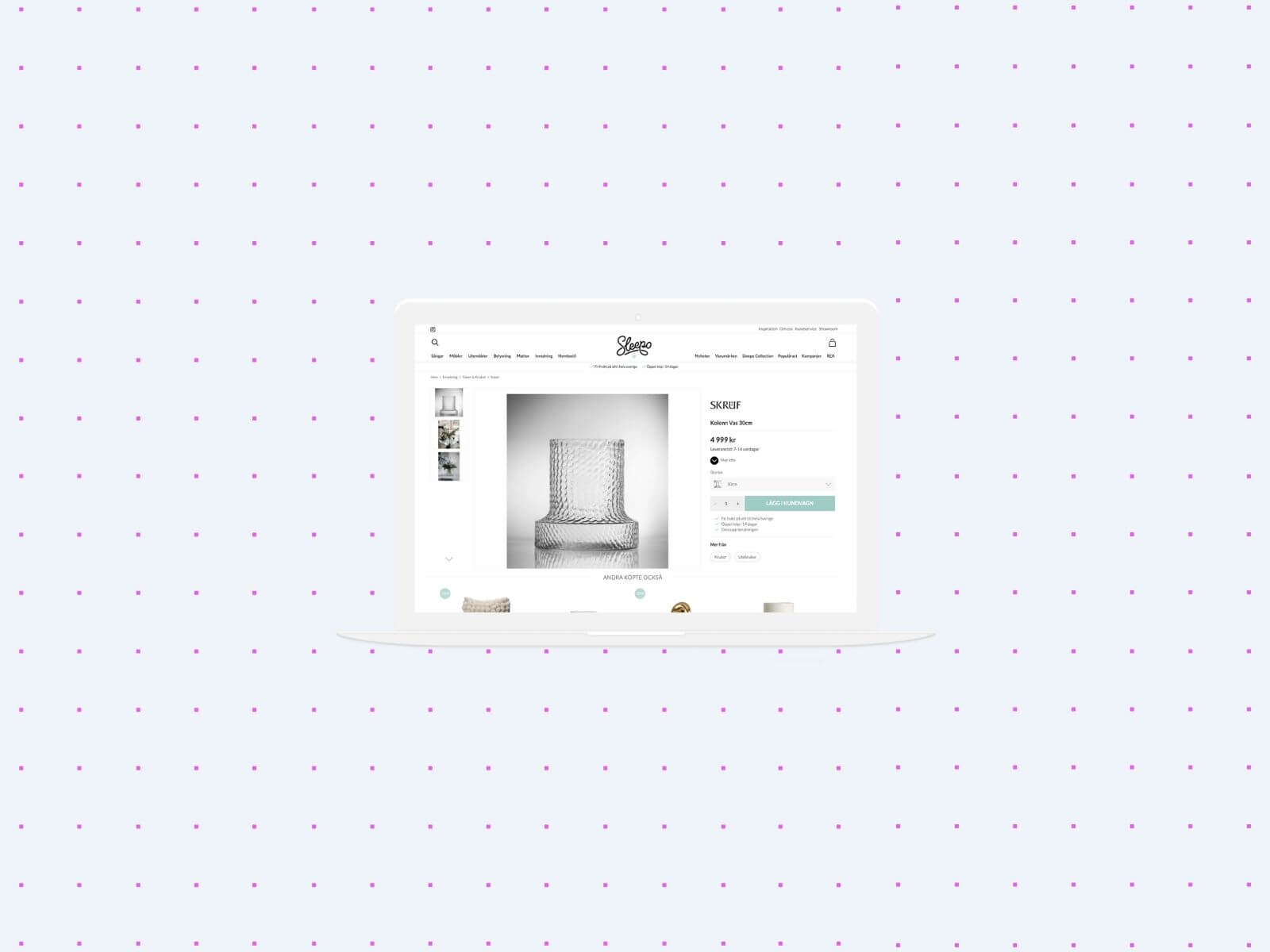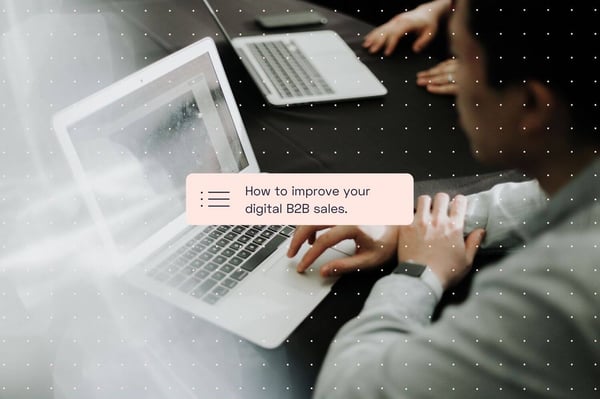Relationships between products can be a powerful tool to increase sales if used correctly.
In the past, there were typically three static relationship types; Upsell, Cross-sell, and Accessory, which were functional but maybe not as sharp as needed. Often there was a need for additional relationship types to be able to link products to each other. Perhaps a chainsaw from a certain manufacturer should always be related to specific chainsaw oil, or a sofa in a certain material comes with a recommendation of a chair in a similar material as a complementary product?
That is why we have made it possible to create your entirely own relationship types in Norce Commerce. In this way, you can create unique relationships where, for example, one is used for furniture while another is used for plates, glasses, and cutlery, and a third for spare parts. It makes it easy for those developing the interface to customize the appearance of the site depending on which relationship type is displayed. For example, you can ensure that a certain type of relationship is highlighted on the product sheet, while other types of relationships can be displayed in the checkout.
Automation
Norce Commerce has always been strong with large and fast-moving assortments. With thousands of products, a lot of manual work is needed if you have to enter relationships product by product. That is why Norce Commerce has the option to automatically add relationships using filtering by category, manufacturer, or attribute values. This means that new products from a certain manufacturer can have an accessory from the same manufacturer recommended, or that a product that has glass as a material automatically receives a special cleaning agent as a related product. With the help of automatic relationships, you can easily build a base for large parts of your catalogue while you then put your energy into creating unique relationships for the best-selling products.
Two-way relationships
You can also create two-way relationships, which means that product A is related to product B but also the other way around. This means you can easily set up relationships for accessories. For example, if you sell printers and toner, you might want to show both which toner fits which printers and which printers work with this particular toner. It is possible to create relationships via Excel imports, this makes it easy to update your product relationships when you add new products.
A creative way to use relationships is when selling spare parts, where you relate products to which main products this particular spare part fits, for example a carburetor can fit several engines. It may also be the case that you solely sell spare parts and then you create hidden main products in order to build granular relationship structures.

-2.png?width=600&name=Mail%20images%20600x400%20(1)-2.png)

